While not as rich as Vietnamese coffee culture, Laotian coffee has many unique characteristics in taste.
Located next to a famous coffee empire, Vietnam, Laos is looking to become the new world coffee star with coffee quality not inferior to Vietnam. While not as rich as Vietnamese coffee culture, Laotian coffee has many unique characteristics in taste.
1. History of Laos Coffee
The first coffee plant was introduced to Laos by French colonialists around 1915. After much trial and error trying to harvest coffee beans in the north, the French realized that southern Laos was the right place for planting. Millions of years ago there was a volcanic eruption in the south, making the mineral-rich southern land ideal for coffee production. The south is also home to the Bolaven Plateau, which is still the main coffee producing region of Laos.
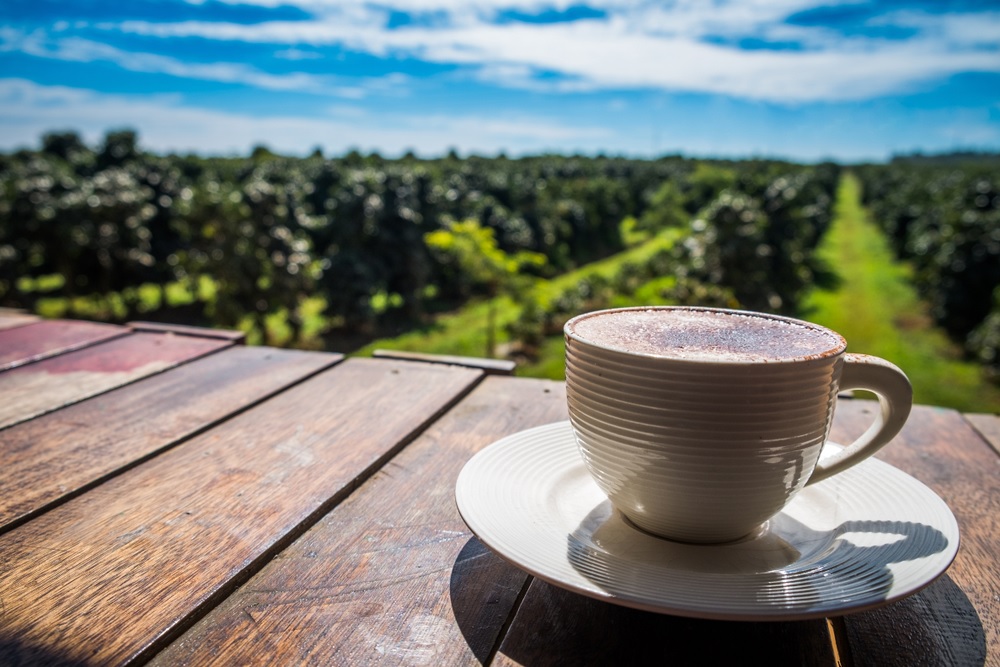
The Bolaven Plateau is located in an area known as Paksong, which is dominated by vegetation all year round. Its fertile soil is not only the reason for the ideal coffee production, but also because it has an altitude between 800 and 1,350 meters and a cool climate.
When World War II broke out, France had to restore independence to the Kingdom of Laos. As a result, coffee production is largely blocked. Before that, they had been successful in the mid-1930s, with an annual output of 5,000 tons.
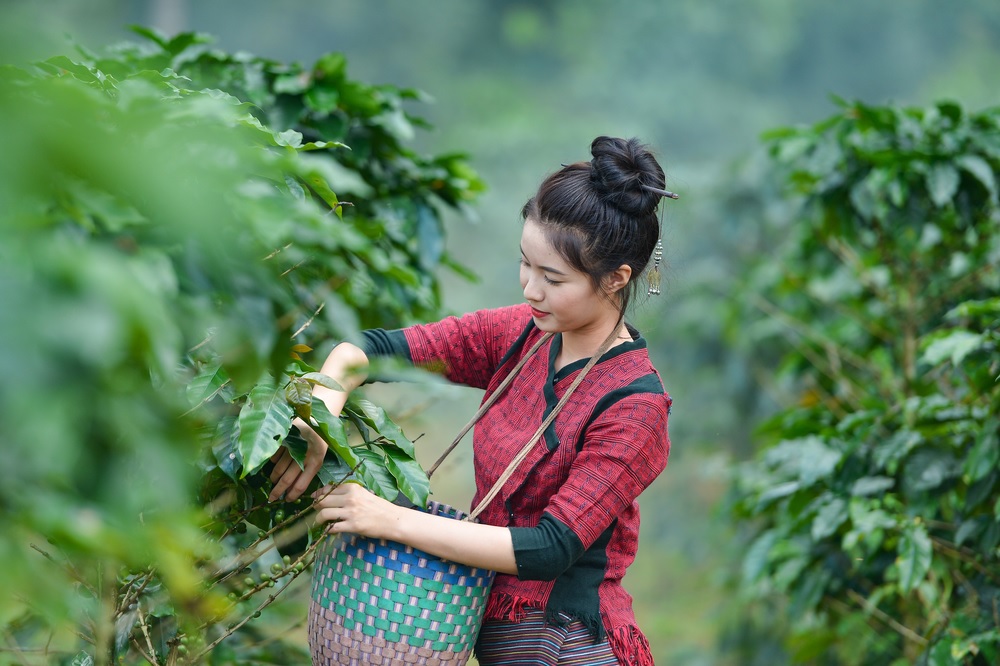
Not long after, many coffee plants died in the Great Frost in 1949 and from orange rust. This is a fungus that parasites on cultivated plants in the form of an orange powder, causing leaves, flowers and berries to fall, destroying the crop. During the Vietnam War, many lands in Laos were destroyed by American bombs, making coffee production even more setback.
Over the past twenty years and so on, the Laos PDR government has been working with coffee pickers to grow more Arabica crops, as it yielded higher prices, thus increasing farmers’ incomes. There are 20,000 coffee farming communities in 250 villages in Laos, and many of these families rely on coffee cultivation.
2. Popular varieties of Laos Coffee

Laos produces two main types of coffee, Robusta and Arabica. Robusta is mainly used for domestic demand like the typical drink in Laos, where it is sweetened with condensed milk. The second type, Arabica, is of superior quality for its delicate taste and is used for espresso. For the 20,000 tons of coffee that Laos produces per year, 5,000 tons are Arabica and 15,000 Robusta. The quality of Arabica coffee is among the best in the world.
3. How to make a cup of Laos Coffee?
Laotians rarely drink black coffee, instead they prepare it as a cocktail of coffee, powdered milk, condensed milk, and sweetened condensed milk. They prepared it with a large cloth filter, a bit like a large sock, and guaranteed a rich coffee drink. Then, the Laotians add milk and condensed milk to the still hot black coffee. The result is a delicious, dense, sweet, almost chocolatey blend. You can also add ice to the coffee depending on your taste.
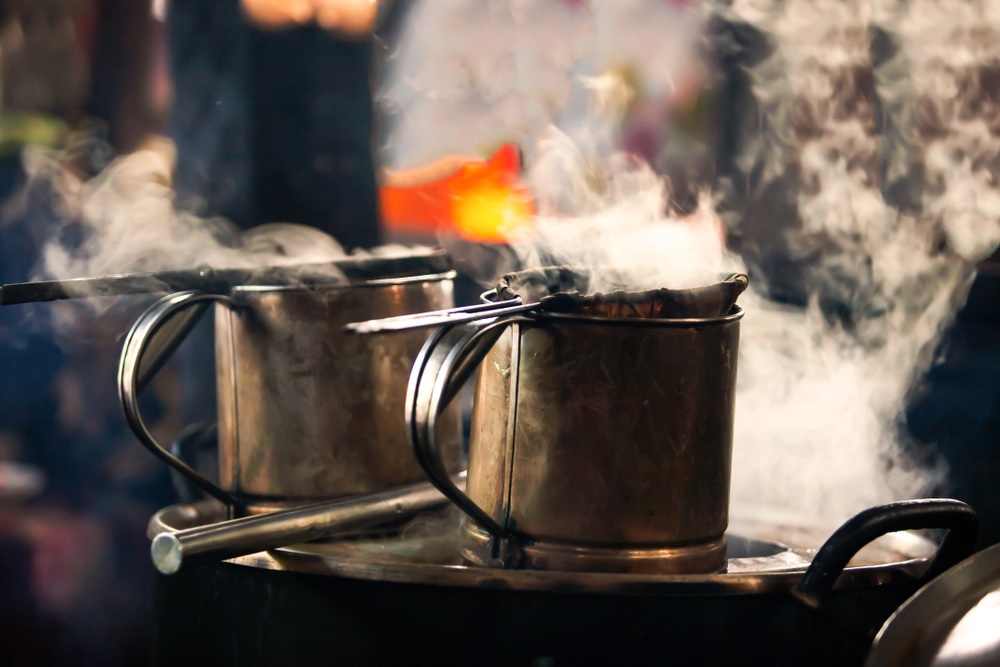
The Lao word for coffee is cafe and for latte it is nom cafe. If you want hot coffee, add the word “hon”. However, the weather in Laos is too hot, so it’s best to drink coffee with ice. Iced latte coffee is a nom yen cafe. Laotians like their coffee to be particularly sweet and white in color, so if you like it just say “wahn noy neung” and ask for less milk: “sai nom noy neung”. Laotian iced coffee is available in almost every corner, the price ranges from 7,000 to 12,000 kip for a large cup. Outdoor cafes in Laos are often decorated with cans of condensed milk.
4. Coffee Tour
For coffee lovers, no trip to Laos is complete without a coffee plantation tour.
If you are in Paksong, take a tour of Won Coffee and learn about the fascinating history of Laotian coffee from Mr. Koffie, a Dutchman who has lived in Laos for many years, preparing elegant espresso and well-organized coffee roasting sessions.
If you’re close to Tad Lo, check out Captain Hook’s Homestay and Cafe Tour. You will learn about the village, how to take care of the coffee plant and drink coffee made from bamboo. Green Discovery Laos offers several coffee tours and Mystic Mountain Laos offers a homestay accommodation program and coffee tour.
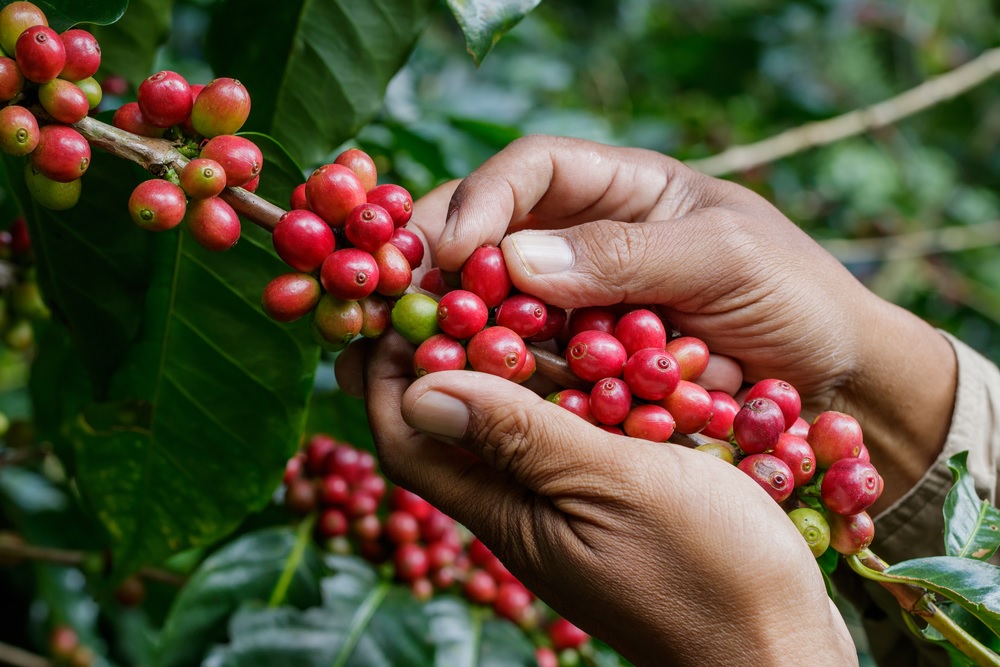
5. Well-known coffee shop
Saffron Coffee in Luang Prabang works with over 800 Laotian coffee growers and has a beautiful view to the Mekong River.
If you are in Pakse, take a tour of 124 Thaluang, a charming café run by a Japanese, perfectly decorated and with carefully prepared drinks.
Savannakhet’s Long Coffee Shop offers Australian coffee, including the best white coffee in Laos. Their milks are also quite delicious.
Jhai Coffee in Paksong is a charitable coffee roaster that aims to educate farmers and provide drinking water to schools on the Bolevan Plateau.
The Common Grounds of Vientiane supplies organic Luang Prabang coffee and supports disable women.
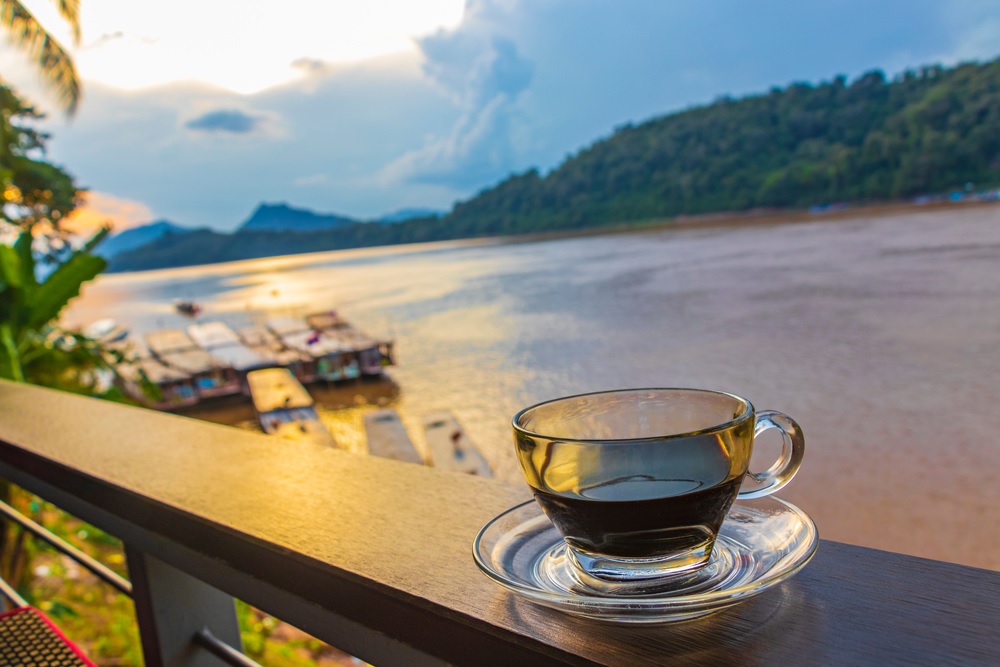
Cranky-T in Phonsavan has great coffee, attentive staff and a fun atmosphere, perfect for eating or working.
Naked Espresso - Two branches in Vientiane, including one on Dongpayna Road, serving pure Laotian coffees or Laotian blends. Western-style coffees, such as white coffee and cappuccino, are served here.
Vientiane Coffee Shop - come here for a cup of authentic Laotian coffee made the traditional way and filtered through a special fabric and added condensed milk.
Le Trio Coffee - the perfect place to choose a bag of coffee beans to take home as a souvenir or gift. Owned by a French owner who understands French preferences, this small coffee shop can be recognized remotely with its charming aroma.